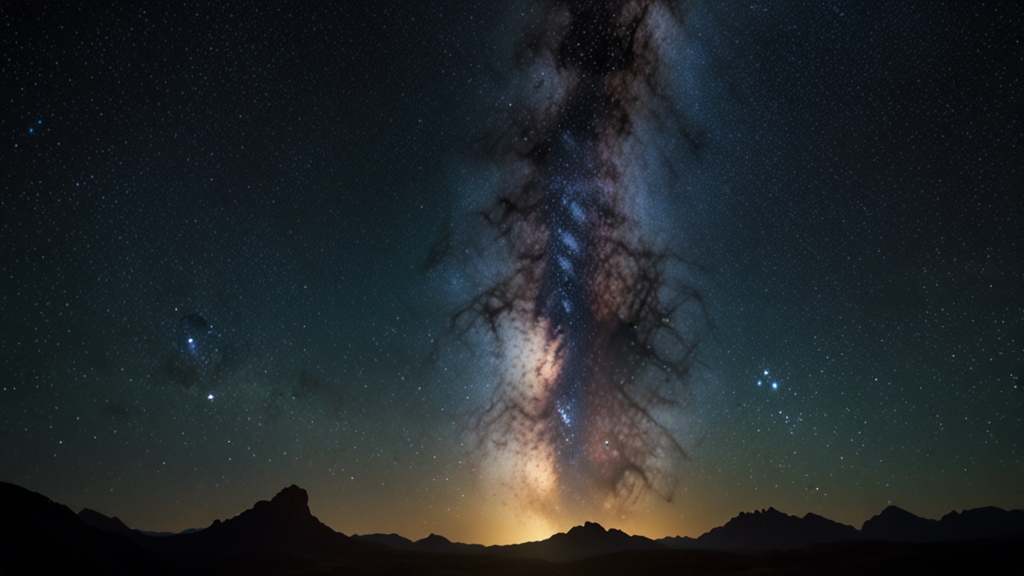Ancient Civilizations: Are We Discovering a Forgotten Past?
From the towering pyramids of Egypt to the enigmatic Stonehenge in England, ancient civilizations have long captivated our imaginations. These early societies' enigmatic symbols, monumental structures, and ingenious innovations offer glimpses into a world forgotten by time. Recent archaeological advancements, however, have been unraveling mysteries buried deep within the earth, prompting us to question what we truly know about our past. Are we, in fact, rediscovering a forgotten history?
The Marvels of Ancient Engineering
Among the most impressive elements of ancient civilizations is their advanced engineering capabilities. The Great Pyramid of Giza, constructed over 4,500 years ago, represents a pinnacle of ancient Egyptian engineering. Its precise alignment with the cardinal points is a testament to the Egyptians' advanced understanding of astronomy and geometry.
Similarly, the ruins of Machu Picchu perched high in the Andes Mountains, demonstrate the architectural prowess of the Inca civilization. Their ability to build terraced fields and stone structures that have withstood centuries of earthquakes highlights their sophisticated construction techniques. These marvels raise an intriguing question: How did these ancient people attain such advanced knowledge?
Innovations and Contributions
Many advances that shape our modern world have origins in ancient civilizations. The Sumerians of Mesopotamia, often credited with creating the first form of writing—cuneiform, also devised an early form of the wheel which revolutionized transport and labor.
The Chinese civilization contributed profoundly to the world with inventions such as paper, gunpowder, and the compass. Their development of silk production and intricate porcelain creation has had a lasting impact on global trade and culture. Ancient India, known for the urban planning of the Indus Valley Civilization, also gave us early advancements in mathematics, including the concept of zero.
“A people without the knowledge of their past history, origin, and culture is like a tree without roots.”—Marcus Garvey
Unyielding Mysteries
Despite the wealth of knowledge we have gathered, many mysteries of ancient civilizations remain unsolved. Sites like Stonehenge provoke endless curiosity and debate. Was it an astronomical observatory, a religious site, or something else entirely? The lack of written records leaves us piecing together clues from the stones themselves.
Similarly, the Nazca Lines in Peru—massive geoglyphs etched into the earth—continue to baffle researchers. The purpose of these lines, visible only from the air, and the methods used to create them remain subjects of speculation and wonder.
Modern Technology Meets Ancient Artifacts
Today's technological and scientific advances provide new methods for understanding ancient civilizations. Techniques like radiocarbon dating, satellite imagery, and ground-penetrating radar enable archaeologists to uncover hidden layers of history without invasive digging.
For instance, the use of LiDAR (Light Detection and Ranging) technology has allowed researchers to discover previously unknown structures concealed beneath dense foliage in jungle regions. This technique revealed extensive networks of ancient Mayan cities, buried beneath the tropical canopy, altering our understanding of pre-Columbian America.
“We are all tourists in history, and irony is what we win in wars.”—Anatole Broyard
Conclusion: Rediscovering Humanity's Story
As we uncover the relics and secrets of ancient civilizations, we gain not only knowledge but also a deeper appreciation for the ingenuity and resilience of our ancestors. These discoveries enhance our understanding of human history, connecting us to our roots and shaping our identity as a species.
Despite the advancements in technology and methodology, there remains a great deal more to learn. Each artifact, each uncovering, tells a story—sometimes confirming what we already knew, often surprising us with new insights. As we continue to explore and discover, we embark on a journey that bridges the past and present, revealing the rich tapestry of human existence throughout the ages.










